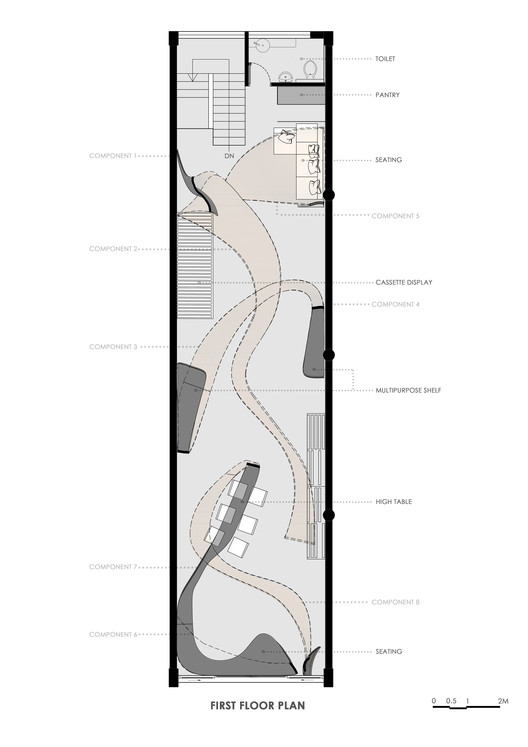
-
Architects: Studio Ardete
- Area: 134 m²
- Year: 2019
-
Photographs:Purnesh Dev Nikhanj
-
Manufacturers: 3M, Asian Paints, Kitply, Osram, Simpolo, Turakhias Natural veneer
-
Lead Architects: Badrinath Kaleru, Prerna Kaleru

Text description provided by the architects. The design problem was posed with an existing 71’ by 18’ linear block in a market complex of the modern city of Chandigarh. SHOP NO. 851 became the voice given to the material sold by the store owner/client—who deals with veneers and plywood, and tells the story of the traditional relationship between the craftsman and wood. The result is an interior-installation instantly poetic: a “spatial matrix” that has evocative ribbons of wood twisting and turning within the space, almost like it has a mind of its own.

































